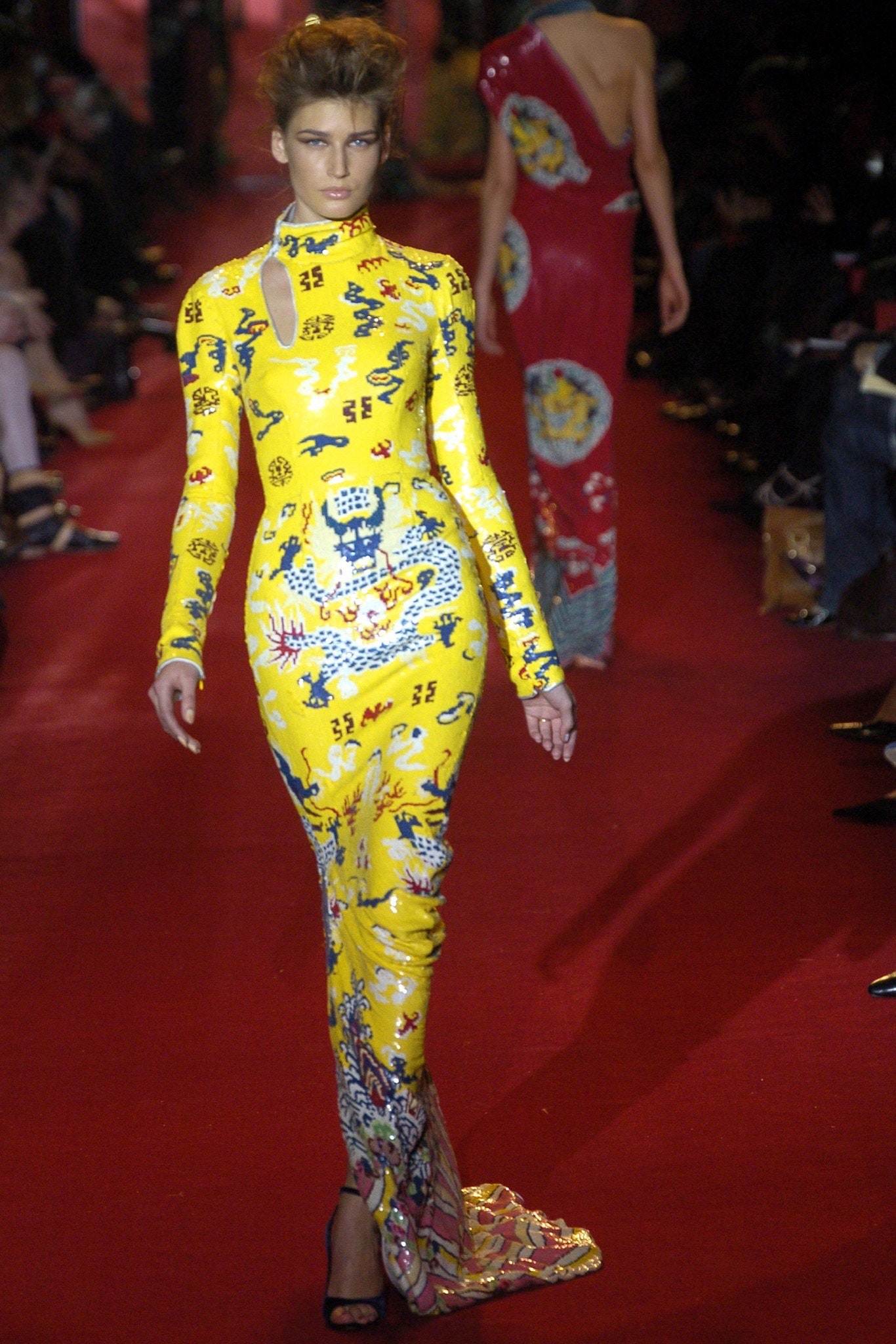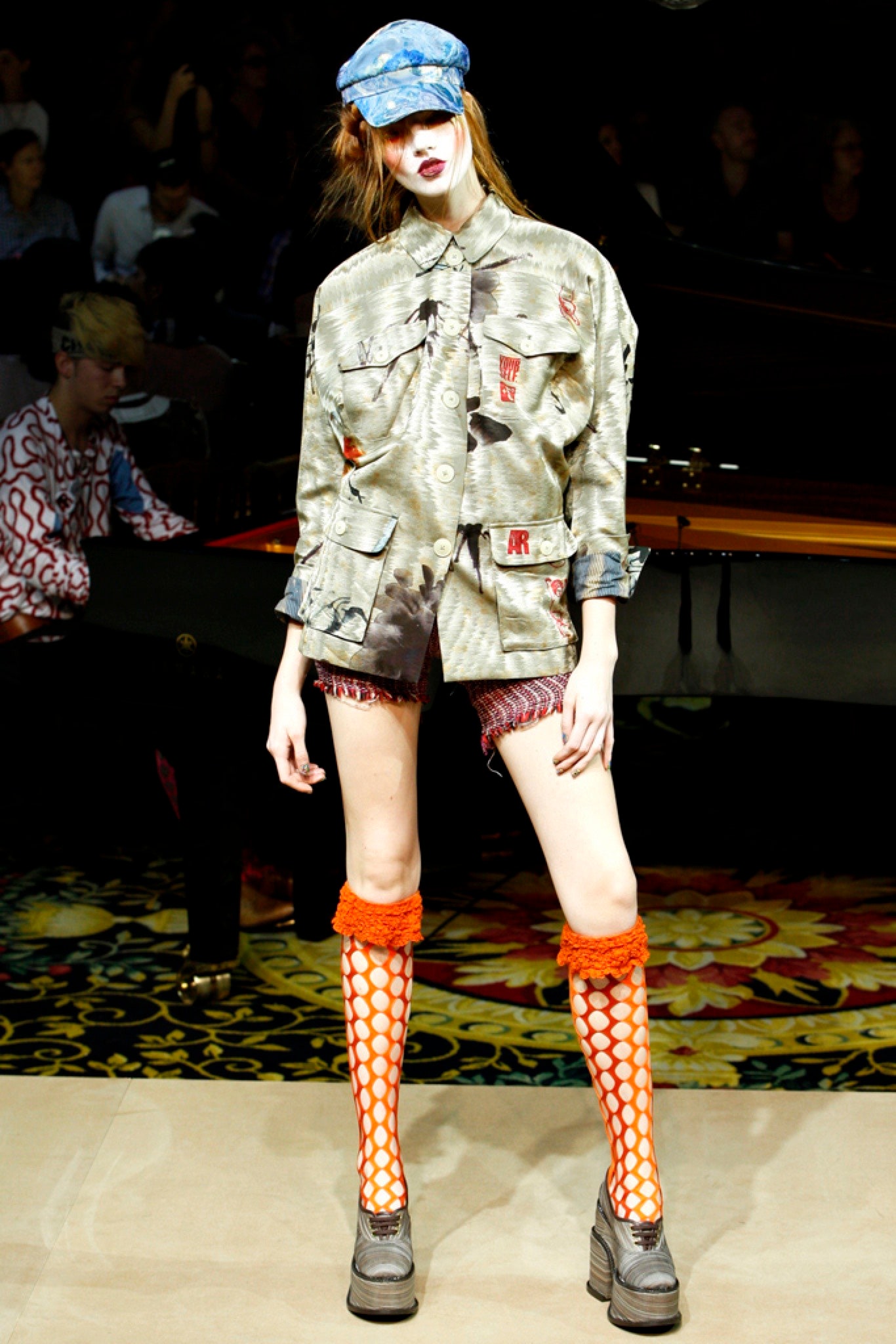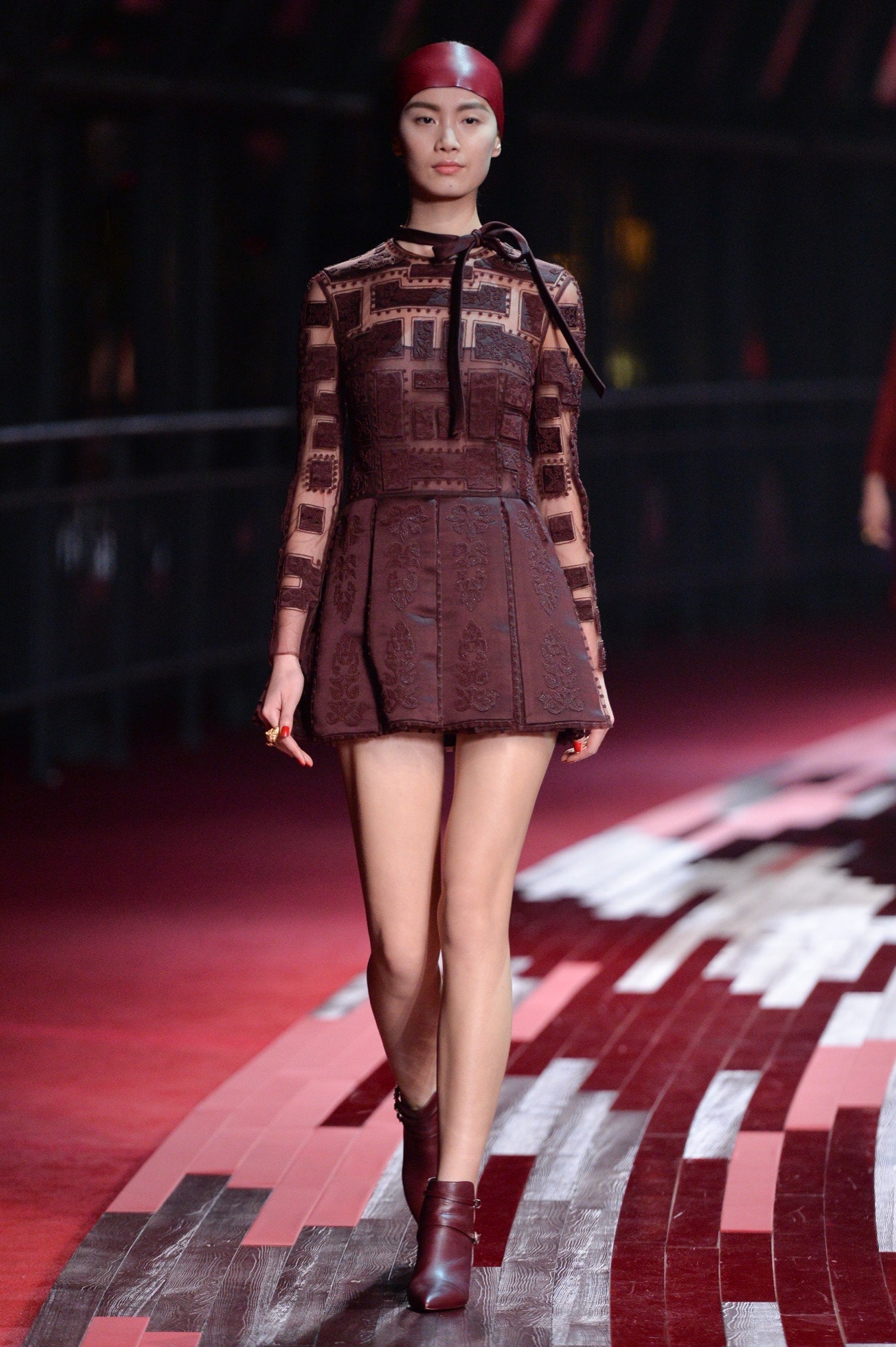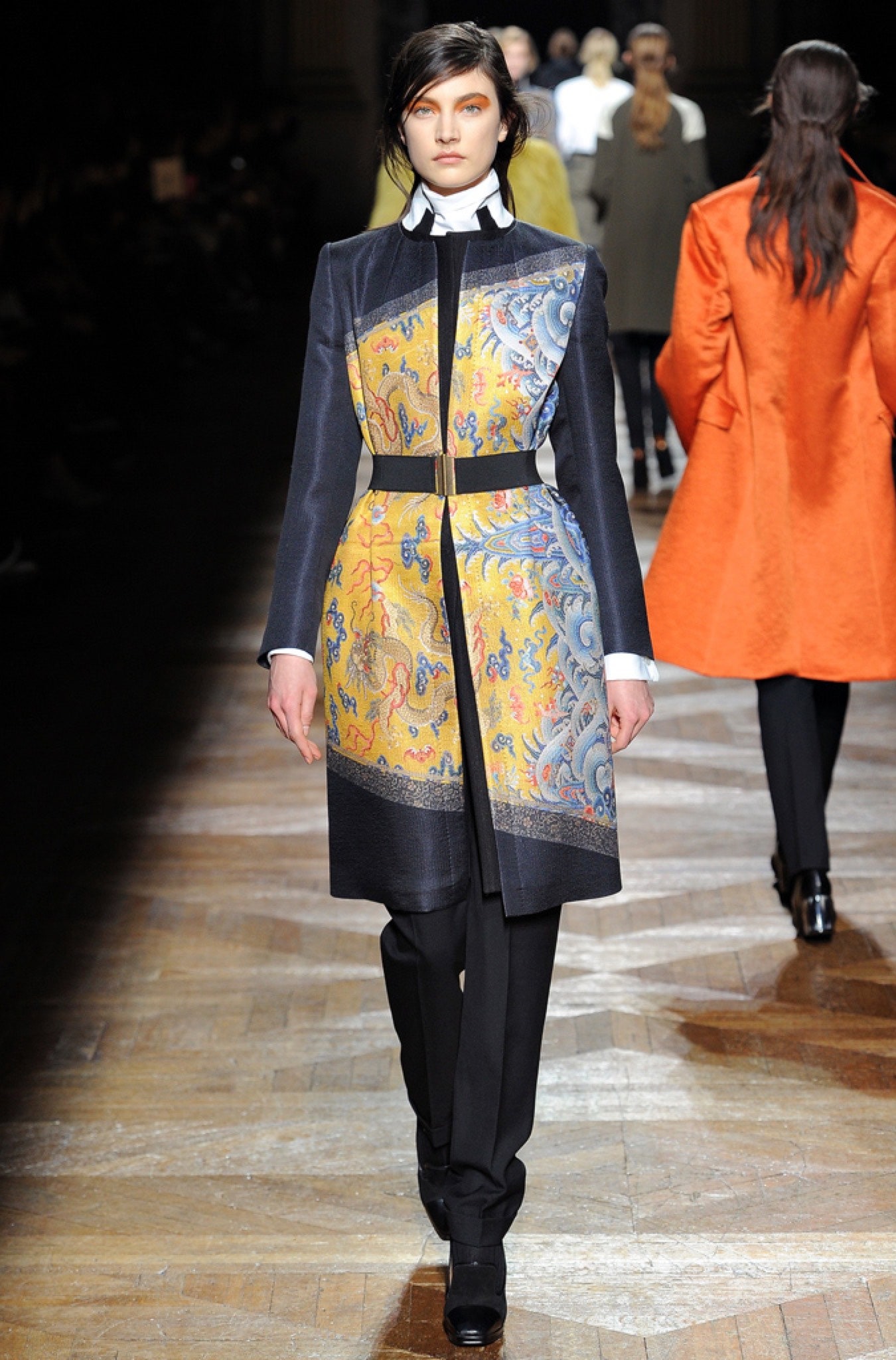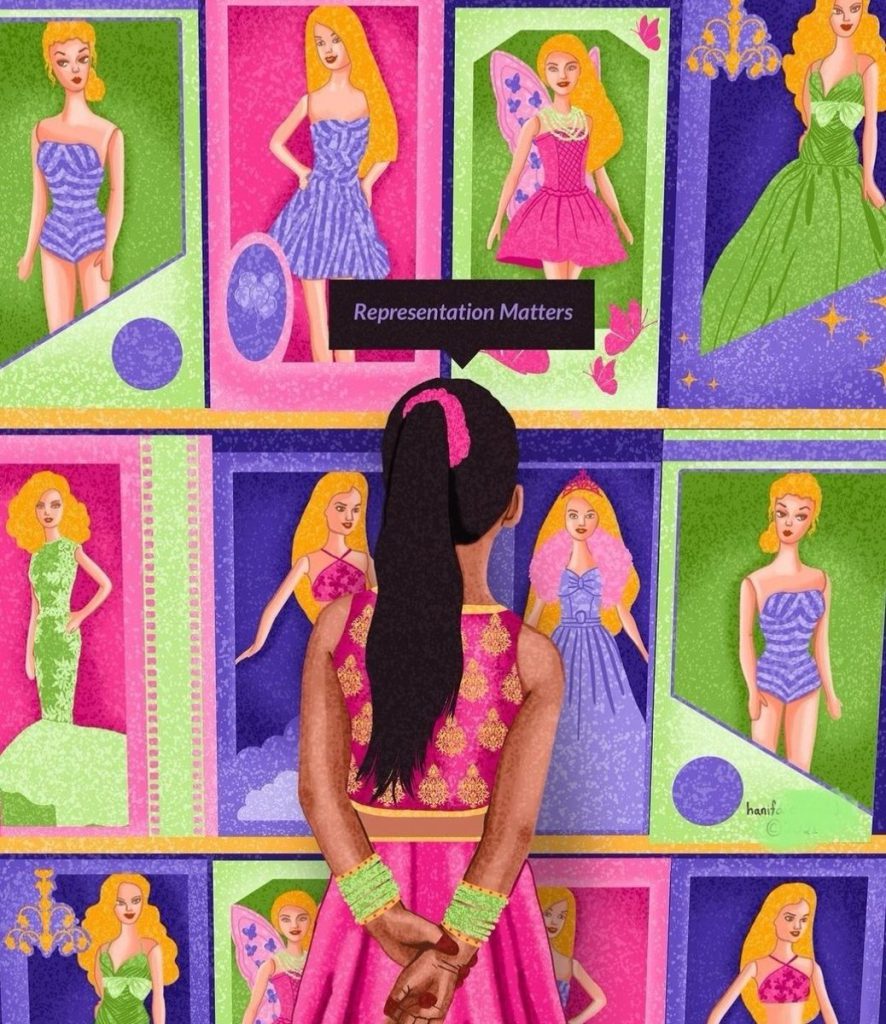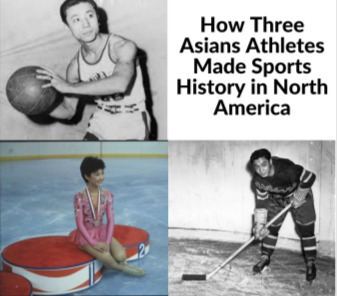It isn’t a secret that the fashion industry has long struggled to reflect diversity in its workforce across all levels. Though high-end fashion brands and runway shows champion inclusivity and diversity, the industry as a whole is notoriously bad at encouraging true representation, and Asian models and designers often become lost in the conversation. In the events that Asians are represented, it is usually closer to tokenism than it is diversity.
That being said, there have still been significant milestones and advancement over the past decade. Asian designers are becoming more recognized and Asian models are seeing themselves walking the runway. Diversity in fashion has long been an issue, and we must continue to fight for representation, but that’s a conversation for another time. Today, we’ll be celebrating the Asian designers, models, and influences that have, and will continue to promote diversity in the fashion industry.
Asian Models Changing the Face of Fashion
Asian models have helped change the face of fashion by dominating runways and magazines. From Victoria’s Secret runways to catwalks around the world, campaigns with major brands like Chanel, and gracing the covers of Vogue and other fashion titles, these models are just a few of many that are making their mark and opening a door for Asian representation.
The Models of Then
China Machado
Born in Shanghai in 1929 to a Portuguese father from Macau and a Chinese mother, Noelle “China” Machado never thought she was beautiful since there were “no images” of people who looked like her. 30 years later, she became the first non-Caucasian model to feature on the cover of a major U.S. magazine, gracing the front of the February 1959 issue of Harper’s Bazaar. Even before that, she was already paving a way for women of colour as a catwalk model for Givenchy and Balenciaga.
As time went on, Machado became the beauty icon for other women of colour, a role model that she never had for herself. She became an editor at Harper’s in 1962 and signed with IMG Models at the age of 81, promoting a more inclusive view of beauty that goes beyond skin colour. She inevitably paved the way for the emergence and acceptance of not only Asians, but all women of colour both on and off the runway.

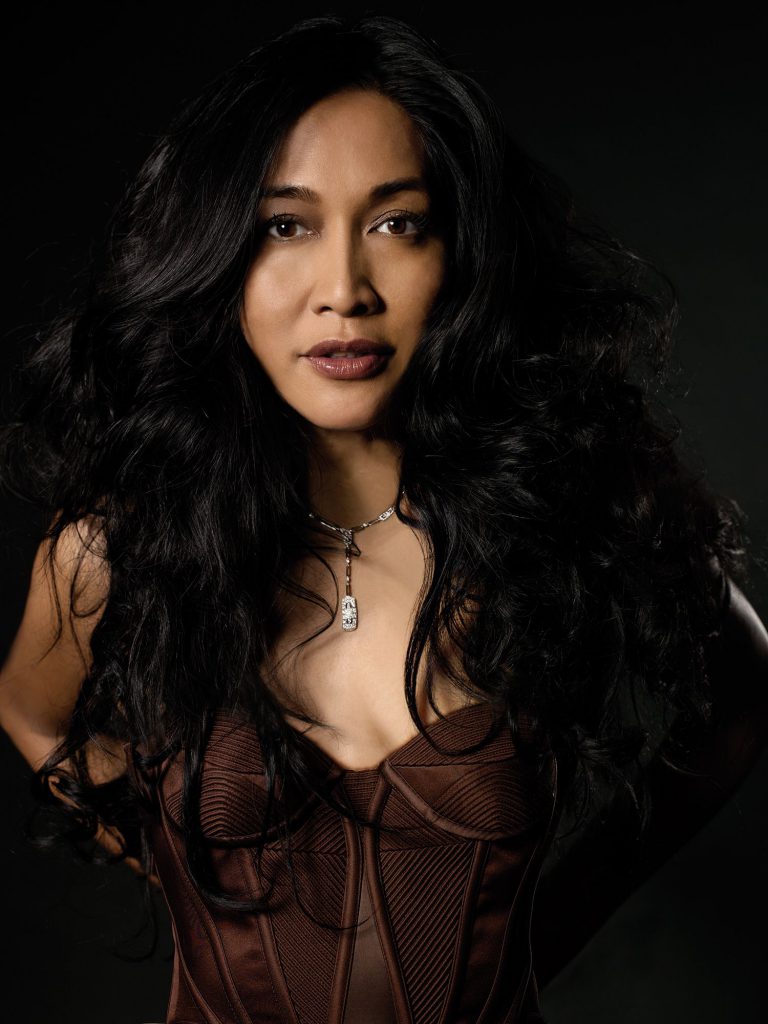
Anna Bayle
Two years before Machado made the cover of Harper’s Bazaar, Anna Bayle was born in Manila, Philippines. Bayle achieved success as a fashion model in the late 1970s and up to the early 90s, continuing to challenge the Western ideals of beauty in the modelling and fashion world similarly to Machado. She became one of the highest-paid models of her time, and is known as the first Asian supermodel, and eventually retired from modelling in 1994.
The Models of Today
Liu Wen
Born in Hunan, China, Liu Wen was discovered in a modelling contest at 17-years-old and has achieved numerous feats. Dubbed by The New York Times as “China’s first bona fide supermodel”, Liu first rose to fame after being named the first East Asian spokesmodel for Estée Lauder. She has then gone on to become the first East Asian model to walk Victoria’s Secret runway, the first Chinese model to appear on the cover of American Vogue, and the first East Asian model to make Forbes’s annual highest-paid models list. Her past work includes Balenciaga, Chanel, Dolce & Gabbana, and Givenchy.
Kelsey Merritt
Kelsey Merritt, a half-Filipina model born in the Philippines, rose to fame and made history in 2018 when she became the first Filipino to walk in the Victoria’s Secret Fashion Show, which was also her first-ever runway show. She has also modelled for brands such as Palmolive and Kashieca, and in 2016, she was named one of Sports Illustrated’s Rookies of the Year.
Soo Joo Park
Born in Seoul and raised in California, Soo Joo Park is the first Asian-American woman to be a L’Oréal spokesmodel. Known for her platinum-blonde hair and Chanel campaigns, she has been the face of brands including MAC Cosmetics and Michael Kors and has done ad campaigns for famous brands including Tom Ford and DKNY. She was one of three Asian models to appear on the cover of Allure’s all-Asian issue in 2018 and has worked with the likes of Vivienne Westwood, Emporio Armani, and Fendi.
Fei Fei Sun
Fei Fei Sun is a fashion staple, gracing over 40 magazine covers and walking over 399 shows. The first Asian model to ever feature solo on the cover of Vogue, Sun was born in China and began modelling at 19-years-old after she won a modelling competition and signed with Elite Models. She’s the first Asian face for Valentino, was hand-picked by Karl Lagerfeld to walk in Chanel’s Paris-Shanghai fashion show, and has worked with brands such as Prada, Dior, Louis Vuitton, Chanel Beauty, and Armani Beauty.
Shanina Shaik
Shanina Shaik, a part-Pakistani and part-Saudi Arabian model, was raised in Australia and began modelling at 8-years-old after landing a Hyundai TV commercial. After finishing in second place in the Australian reality competition, Make Me a Supermodel, she began modelling again as a teenager. Shaik often walks Victoria’s Secret runway and has graced covers for Cosmopolitan, Elle, Vogue India, and more. She’s also walked for some of the biggest names in fashion, such as Vivienne Westwood, Tom Ford, and Jason Wu.
Neelam Gill
Neelam Gill is a British-born model of Indian and Punjab descent who was the first Indian model to be the face of a Burberry campaign. She is one of the few South Asian women to become a L’Oréal Ambassador, and she has also modelled for Abercrombie & Fitch, Dior, and Kanye West’s Yeezy. Gill has also graced the cover of British Vogue.
Asian Designers Shaping the Fashion Industry
The influence of Asian culture within the fashion industry goes beyond the “Made in China” label on the back of your t-shirt. The industry is filled with influential and creative designers of Asian descent, and if you look back even further, you’ll see that some of the greatest advancements, such as the discovery of silk, come from Asia. These designers incorporate aspects of their culture and style within their work, taking representation to the next level. Here some of the many Asian designers who are influencing fashion design and making an impact in the industry itself.
Alexander Wang
Born to Taiwanese American parents and raised in San Francisco, Alexander Wang is at the forefront of what’s cool. He launched his brand in 2005, was the creative director at the heritage fashion house of Balenciaga from 2012 to 2015, and has won the top award from the CFDA/Vogue. A sportswear master, Wang releases unisex apparel and accessories designs.
Prabal Gurung
Prabal Gurung is a Nepalese American designer born in Singapore who uses his cultural roots to inspire his work and uplift communities. Beyond creating beautiful clothes, he’s heavily engaged with activism. The Gurung Family established the Shikshya Foundation Nepal, which provides education to underprivileged children, and Gurung himself constantly addresses issues that plague the industry, such as inclusiveness, diversity, plus-size models, and sexual harassment. In short, he’s a designer changing the world one piece of clothing at a time.
Guo Pei
Raised in Beijing, Guo Pei is known for her couture creations inspired by her country’s ancient legends, myths, and military traditions. She designed Rihanna’s trailing yellow gown at the 2015 Met Ball, which weighs 25 kilograms and took 50,000 hours of work in hand embroidery. She held her first solo exhibition at the Musée des Arts Décoratifs in Paris in July 2015 and later became the second born-and-raised Asian designer to become a guest member of the Chambre Syndicale de la Haute Couture. In 2016, Time Magazine listed her as one of the World’s 100 Most Influential People.
Vera Wang
Anyone who has ever dreamed of having their own wedding has most likely heard of Vera Wang. Born and raised in New York City, Wang is of Chinese descent. She was the youngest editor to be hired at Vogue and left in 1987 to join Ralph Lauren, for whom she worked for 2 years. At 40, she resigned and became an independent bridal wear designer. She’s gone on to design and make wedding gowns for public figures such as Alicia Keys, Mariah Carey, Avril Lavigne, Khloe Kardashian, and Kim Kardashian. Her evening wear has also been worn by Michelle Obama.
Michael Cinco
Michael Cinco is a Filipino designer now based in the United Arab Emirates. He’s created designs for some of the brightest stars in the entertainment world, such as Beyonce, Jennifer Lopez, and Mariah Carey. He captivated the world’s imagination when Victoria Swarovski, the Swarovski Crystals heiress, chose Cinco to do her wedding gown. The gown featured a six metre-long train in delicate French lace and Swarovski beads in minute crystals. Estimated to cost more than a million US dollars, this Cinco masterpiece was deemed the most expensive celebrity wedding gown of all time.
Anna Sui
Unlike some other designers, Anna Sui isn’t afraid to step into the unknown and embrace being different. A second-generation Chinese-American from Detroit, she isn’t afraid to try out grunge styles or trends people would consider “ugly”. She was named one of the “Top 5 Fashion Icons of the Decade” and in 2009 earned the Geoffrey Beene Lifetime Achievement Award from the CFDA, joining the ranks of Yves Saint Laurent, Giorgio Armani, and Ralph Lauren.
Jimmy Choo
Jimmy Choo is a Malaysian fashion designer of Chinese descent based in the United Kingdom. Born in Malaysia into a family of shoemakers, his craftsmanship and designs were noticed at London Fashion Week in 1988, and after seeing his creations, Vogue featured the shoes in an eight-page spread. He co-founded Jimmy Choo Ltd, which became known for its handmade women’s shoes, and also claims to have been a favourite of Diana, Princess of Wales.
Elie Saab
Elie Saab is a Lebanese designer who specializes in bridal couture. He is the first Arab to be admitted into the Chambre Syndicale de la Haute Couture, which is the fashion industry’s governing body. He is also the first Lebanese designer to dress an Oscar winner, Halle Berry, in 2002, which boosted his popularity in the US. Kate Middleton wore his gown to the Royal Ascot in 2019, marking the first occasion where Saab dressed a British royal.
Turning Tokenism into True Representation
Tokenism is defined by Merriam Webster as “the practice of doing something (such as hiring a person who belongs to a minority group) only to prevent criticism and give the appearance that people are being treated fairly.” To tokenize is to make only a minimum effort, without sincerity, to be inclusive to minorities. Sadly, this practice is prevalent in the fashion industry, particularly during runway shows and magazine and campaign shoots. However, several designers and magazine editors are beginning to call out this practice, taking groundbreaking action to help bring in true Asian representation.
Claudia Li: All-Asian Runway at New York Fashion Week
In 2018, New Zealand-born designer Claudia Li pulled off something that’s rarely done during her first-ever show at the prestigious NYFW: feature only Asian models on the runway. Several brands have been under fire at NYFW for a lack of diversity, as runways have historically favoured white models. While representation has overall improved at Fashion Week, the inclusion of one or two models of colour is closer to tokenism than diversity. For this reason, Li’s exclusive use of Asian-American models was groundbreaking and celebrated by many. She also used the opportunity to showcase a broad vision of Asian femininity, featuring models who were Chinese, Japanese, Korean, Nepalese, Filipino, and mixed race.
“I feel like often the fashion industry just tries to check a box — i.e., ‘We need an Asian girl for our show.’ But what kind of Asian girl? A Filipino girl? Singaporean? Chinese? Korean? ‘Asian’ doesn’t mean one thing.” – Claudia Li
Li’s show helped make Asian women feel seen in the fashion world, paving the way to a more complete representation for Asians in fashion. Especially in an industry based on aesthetics, the message that she sends through her decision of featuring only Asian models is particularly meaningful and empowering.
Prabal Gurung: All-Asian Cast of Models
After Claudia Li’s all-Asian runway during New York Fashion Week, Prabal Gurung took a stand against the lack of diversity in fashion as well. His 2018 ad campaign “Stronger in Color” celebrates diversity and women of Asia through an all-Asian cast of models and a majority Asian crew.
“I’ve always believed in the power of visual representation. Growing up, I never saw someone who looked like me represented in Hollywood films or fashion photos in a desirable and glamorous way. I want to change this… The women are vigilant, resilient, and rooted. Our show, collection, and this campaign is our love letter to this heritage and spirit.” – Prabal Gurung
Many people immediately think of East Asians when they think of Asia, and Gurung wanted to change this by highlighting the diversity of Asian culture by hiring models and crew members from China, Thailand, Nepal, India, and elsewhere. The casting allows for greater representation of Asian models in fashion through the celebration of Asian women and contributes to making diversity the norm rather than an exception in the industry.
Allure: Featuring Three Asian Models on the Cover
Allure’s June 2018 “Hair Guide” issue features three different covers starring models Fernanda Ly, Soo Joo Park, and Fei Fei Sun — all Asian women. The editor-in-chief Michelle Lee selected these cover models, who pointed out that in the history of the magazine, only two Asian models had graced Allure’s cover in almost 30 years and more than 300 issues. Lee says that her decision to feature three Asian women was not only driven by her commitment to promoting Asian representation but to also make a point about tokenism in the fashion industry. The models themselves share the same view as Lee, each opening up about their signature hairstyles and how it connects to their Asian heritage.
“I’d love for people and brands with a platform to stop viewing diversity as throwing a token Asian person into a group or a token Latina, etc., and calling it a day. Diversity isn’t having a group of 10 people and only one POC.” – Michelle Lee
Lee’s Hair Guide not only celebrates Asian women but will also help make it a norm to see Asian women on a big magazine cover.
Cultural Influences: The Aesthetic Impact of Chinese Culture
Fashion is all about visuals, which is why designers often look to China’s culture for inspiration. Through its complex mix of different dynasties, textiles, and techniques, Chinese culture offers visual inspiration that’s intriguing for designers, especially Western designers who didn’t grow up with it. The 2015 Met Gala, an annual fundraising gala for the benefit of the Metropolitan Museum of Art’s Costume Institute in New York City, paid homage to China’s influence through its theme “China: Through the Looking Glass”, proving the profound influence that Chinese culture has had on the fashion industry.
Here is some work by popular designers influenced by Chinese culture:
Sources
https://www.solitairemagazine.com/asian-fashion-designers/
https://time.com/5793589/china-machado-100-women-of-the-year/
https://ph.asiatatler.com/society/anna-bayle-asias-first-supermodel
https://www.fashiongonerogue.com/7-asian-models-face-fashion/
https://stylecaster.com/asian-models-to-watch/#slide-1
https://www.whowhatwear.com/asian-designers/slide9
https://coldteacollective.com/claudia-li-fashion-and-asian-representation-on-the-runway/
https://www.globalcitizen.org/en/content/all-asian-models-fashion-campaign/
https://www.vogue.com/article/met-gala-chinese-influences-on-fashion

